The powder packaging process can be difficult and dangerous if not done correctly. Even the most technologically proficient packing process might be complicated if dust and other airborne particles are present.
Products such as ground coffee, whey protein, legalized marijuana products, and even specific dry snacks and pet meals may contribute a significant quantity of dust to the area in which they are packaged.
When a dry, powdery, or dusty product moves through transfer points in the packaging system, dust emissions increase significantly. In a nutshell, the possibility of airborne particles exists whenever the product is in motion, or whenever it abruptly begins or ceases moving.
The following is a list of characteristics of current powder packaging machines that may assist decrease or eliminating the negative impact that dust has on your automated packaging line:
Closed Jaw Drives
Protecting the moving elements that drive the sealing jaws on your powder packing machine from airborne particles is of the utmost importance if you either work in an area that is prone to dust or produce a product that is prone to attracting dust.
Packaging machines that are meant to be used in dirty or damp conditions feature a jaw drive that is totally enclosed. This enclosure shields the jaw drive from debris that may obstruct its functioning if it were exposed to it.
The jaw drives are also powder-coated, which furthers the machine’s defense against rust and corrosion. Take note that not all powder-coating is the same. Some powder coatings are electrostatically applied, which makes for a stronger bond and a more durable finish.
A powder packing machine with an enclosed jaw drive is ideal for situations in which there is a potential for the ingress of dust or other airborne particles.

Dust-Resistant Enclosures and Appropriate IP Ratings
Enclosures of machines that hold electrical or pneumatic components have a responsibility to be sufficiently protected against the intrusion of dust so that the machines may continue to perform as intended.
When choosing packing equipment for a location that is prone to dust, it is important to check that the gear has an Ingress Protection Rating (IP Rating) that is appropriate for the application.
In its most basic form, an IP Rating is made up of two numbers that show how resistant an enclosure is to both dust and water. Moreover, the first number of an IP Rating signifies the machine’s level of protection from solids, while the second number indicates its level of protection from liquids.
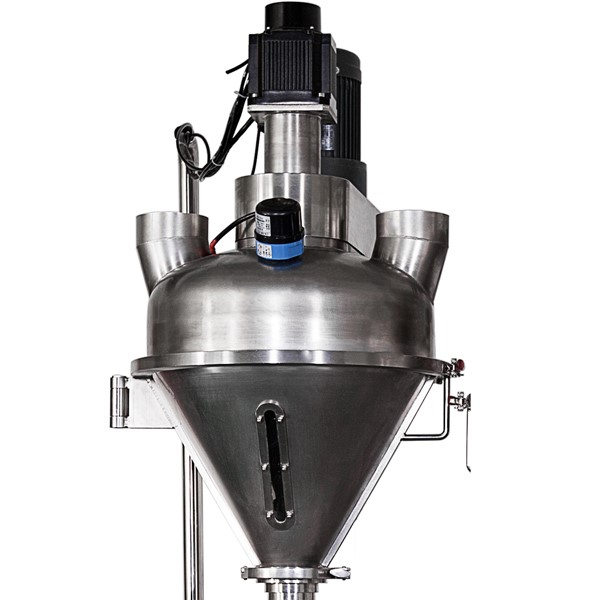
A powder packing machine with a dust-resistant enclosure will have a high level of protection from solids and be able to withstand ingress from dust particles.
An IP65-rated powder packing machine, for example, is totally protected against dust and can also withstand low-pressure jets of water from all directions.
Conversely, an IP54-rated powder packing machine is only partially protected against dust and can withstand splashing water from all directions.
Dust Suction
You aren’t the only one who has to be concerned about other things than dust getting into the machine. During the heat sealing process, if dust makes its way into the seams of the package, the sealant layers in the film will not adhere in an appropriate and uniform manner, which will result in rework and waste.
Dust suction equipment may be deployed at various stages of the packing process to remove or recirculate dust, hence reducing the possibility that particles will find their way through package seals. This can be accomplished to tackle the aforementioned problem.
Some powder packing machines are equipped with inbuilt dust suction capabilities. These machines have a suction fan that eliminates particles from the powder as it is being filled into the bags.
In other powder packing machines, an external dust suction unit can be employed in order to achieve similar results. These dust suction units are placed near the powder packing machine and powder that has been dispersed during the packing process is drawn into the dust suction unit so that it does not end up in the sealing area of the machine.
Apart from powder, dust suction units can also be used to remove other types of contaminants such as paper fibers, hair, and lint.
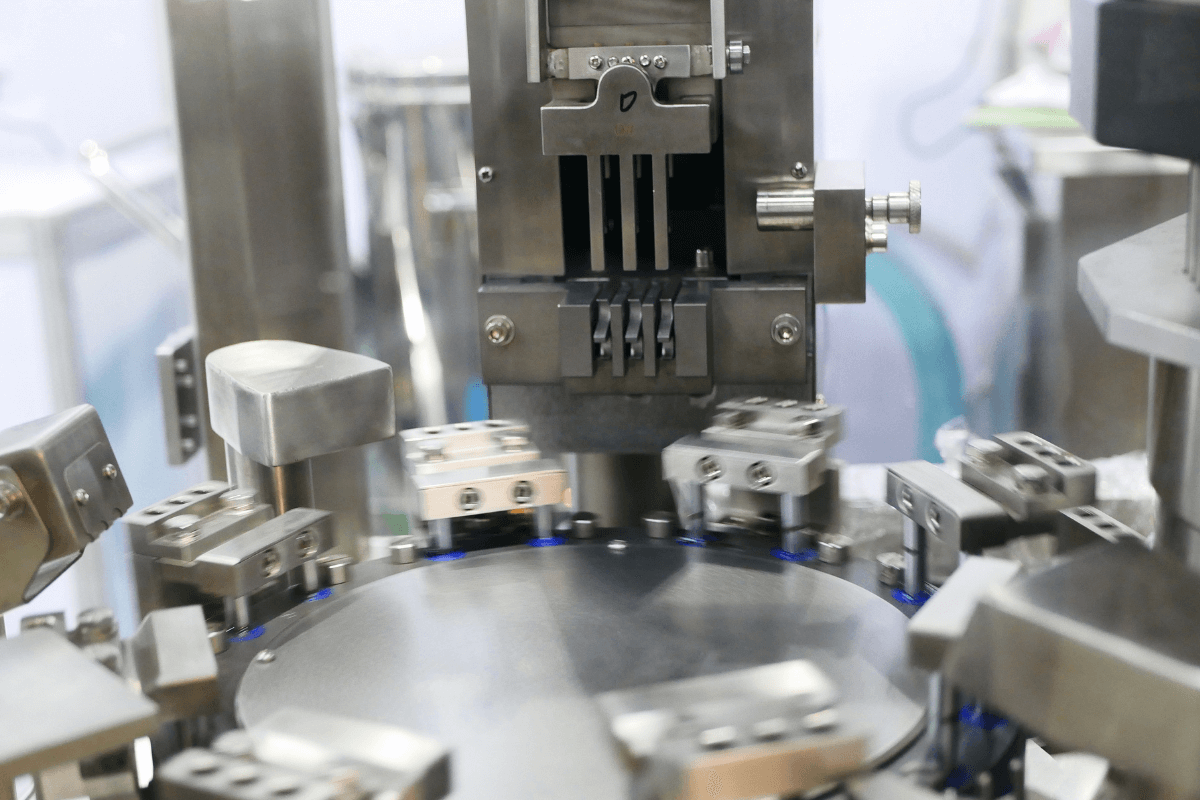
Static Elimination Bars
Static electricity may be produced when a plastic packaging film is produced and passed through the packaging machine. This can cause powder or dusty items to get adhered to the interior of the film.
This may result in the product making its way inside the package seals, which, as was discussed earlier, is something that should be avoided in order to keep the package’s integrity intact.
To address this issue, the packing procedure might include the use of a static removal bar. Plus, powder packing machines that are already equipped with static removal capabilities will have an advantage.
A static removal bar is a device that uses high-voltage, low-current electricity to eliminate static charge from an object. When placed at the powder filling station, it will help to keep the powder in its place so that it does not get drawn towards the film due to static cling.
Static elimination bars are also known as static dischargers, static eliminators, or antistatic bars.
When used in powder packaging applications, they are often mounted on the powder filling station or the powder packing machine itself.
Dust Caps or Hoods
The dust hood is a part of the machine that helps gather and eliminate any particles that may have been present when the product is placed into the bag. This happens during the automatic pouch filling and sealing process.
This device is also known as a powder dust cap, powder containment hood, or powder filling station hood. It is connected to the powder packing machine via flexible tubing and has a dust filter.
The powder dust hood works by drawing powder-laden air into the tubing and then through the dust filter.
A well-designed powder containment hood will have a smooth interior surface so that powder can flow easily and be directed towards the fill spout of the powder packing machine. It will also have a baffle system in place to ensure that powder does not escape from the hood while it is being drawn into the machine.
In some cases, a powder containment hood may be used in conjunction with a powder dust collector. This is a device that is placed near the powder packing machine and is used to collect powder that has been dispersed during the packing process.
The powder dust collector works by drawing powder-laden air into the unit and then through a series of filters. The clean air is then exhausted back into the room, while the powder is collected in a container for disposal.
Powder containment hoods and powder dust collectors are effective ways to keep the powder from making its way into the package seals. By employing one or both of these devices, you can help to ensure that your powder packaging process is as efficient and effective as possible.
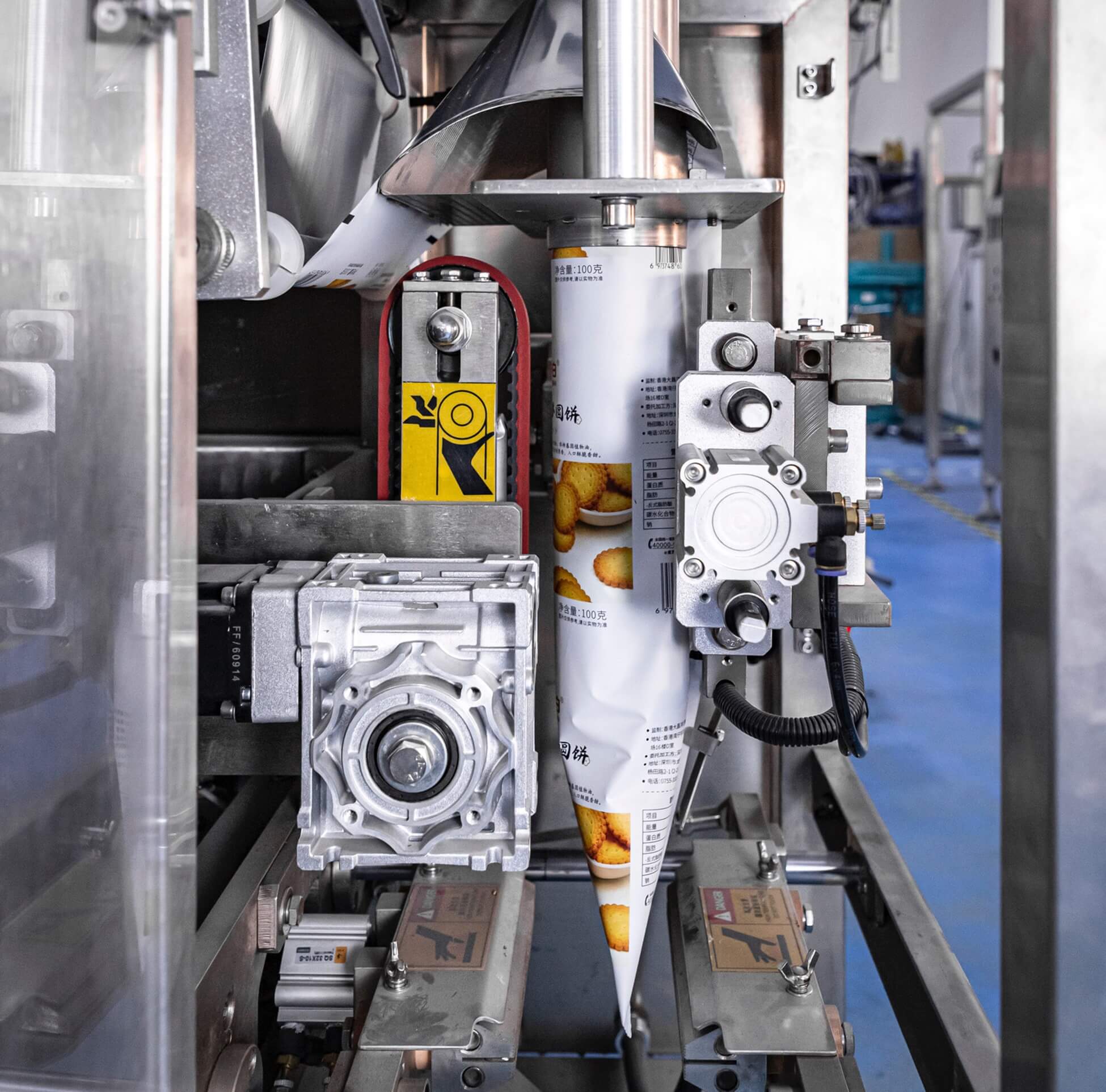
Check Vacuum Pull Belts
Friction pull belts are often included as standard equipment on vertical form fill seal machines. The friction created by these components is what pulls the packing film through the system, which is their primary responsibility.
However, if the area in which packaging takes place is dusty, then airborne particles may get lodged between the film and the friction pull belts. This causes the belts’ performance to suffer and accelerates the rate at which they wear out.
Vacuum pull belts are an alternate selection that may be made for powder packing machines. They do the same task as friction pull belts, but they do it with the assistance of vacuum suction. As a result, the effects of dust on the pull belt system are completely nullified.
Even though they are more expensive, vacuum pull belts need to be replaced a lot less often than friction pull belts, particularly in dusty settings. As such, they may be the more cost-effective choice in the long run.
Packaging of Powder in Continuous Motion
Packaging machinery has the capability of either maintaining a continuous or intermittent motion throughout the operation. To put it another way, the film is constantly moved in a mechanism that creates continuous motion.
On a machine that uses intermittent motion, the film is stopped once every cycle so that it may be sealed.
Continuous motion packaging machines generate a continuous flow of air to the bottom of the package as a result of the motion of the packaging film.
This implies that any dust that may be generated by the product will be encouraged by the airflow to find its way within the packaging, where it properly belongs.
Intermittent motion powder packing machines may cause the powder to become airborne when the film is stopped and started. If there is any dust in the area, it will be free to settle on the powder and contaminate it.
Selecting a powder packing machine with continuous motion may help to reduce the amount of powder waste that is generated and also help to keep the powder from becoming contaminated by dust.
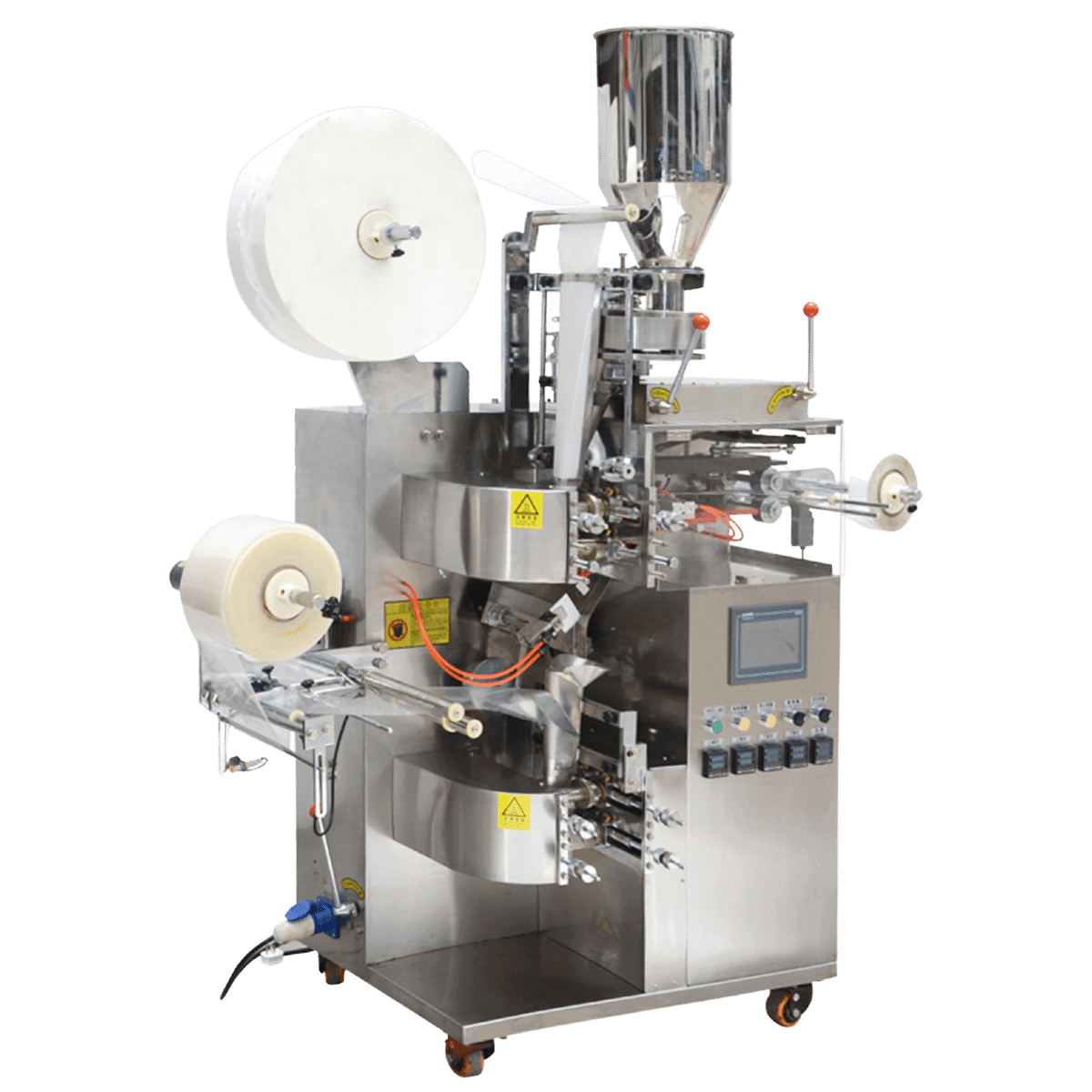
Proper Preventative Maintenance of Machines
The addition of dust-controlling measures to your powder packaging process will go a long way toward combating the ill effects of particulates wreaking havoc on your system. However, adhering to a proper machine preventive maintenance schedule is the other important piece of the puzzle that needs to be addressed.
A lot of the jobs that help prevent things from breaking down involve cleaning and checking for dirt or dust.
When the powder is involved in the packaging process, great care must be taken to make sure that all of the powder is completely removed from the different areas of the machine so that it doesn’t have the opportunity to build up and cause problems.
Cleaning powder out of hard-to-reach areas is a time-consuming task, but it’s one that needs to be done on a regular basis if you want to keep your powder packaging process as efficient and effective as possible.
Takeaways
It’s important to take all of the necessary precautions to prevent dust from contaminating your powder packaging process.
This includes regularly cleaning and inspecting machines, selecting the right type of packaging machine, and properly maintaining packaging equipment. Taking these measures will help to keep your powder packaging process running smoothly and help to avoid any costly repairs down the road.


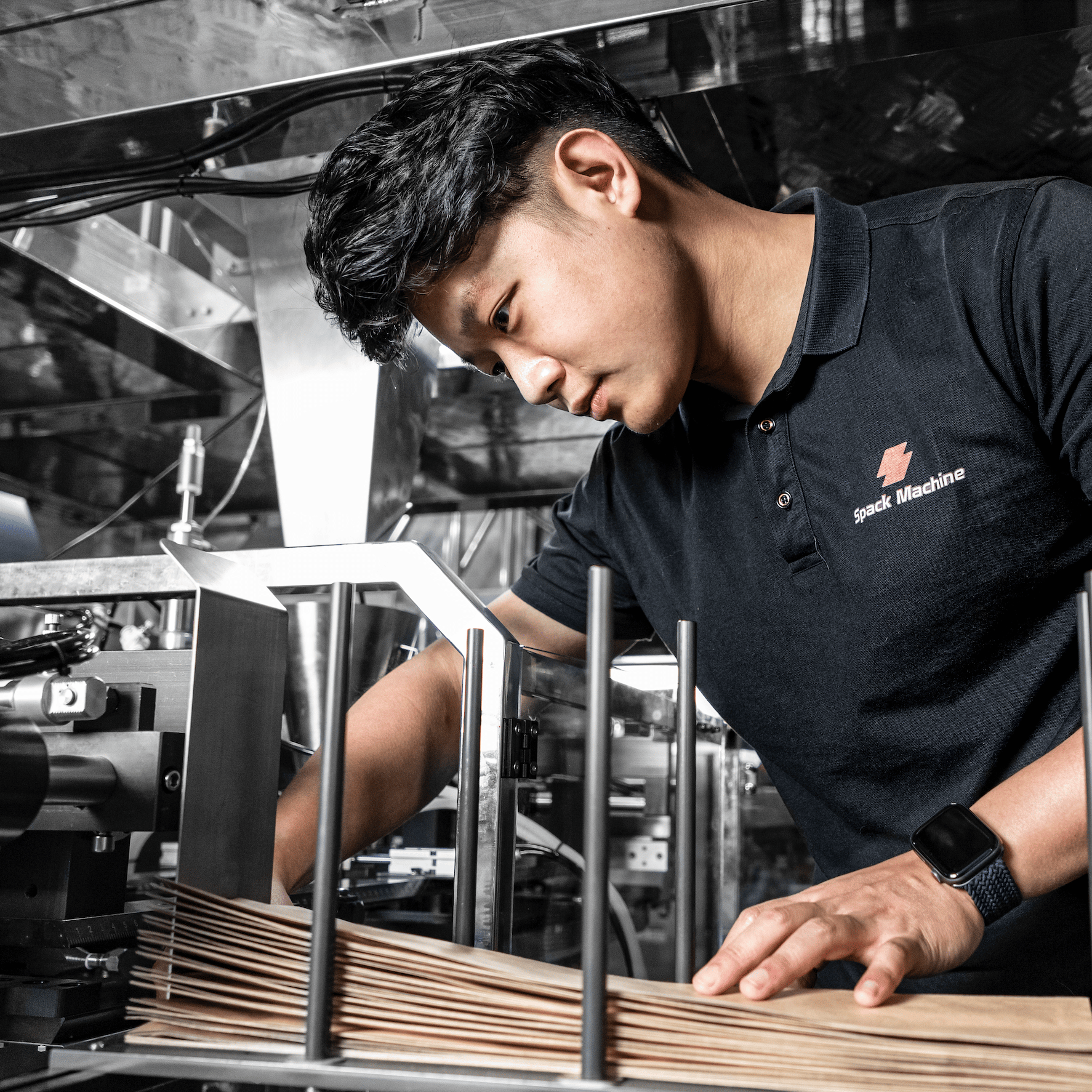
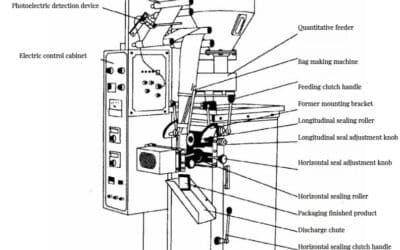
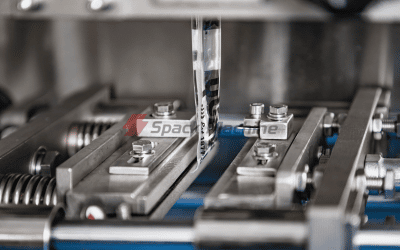
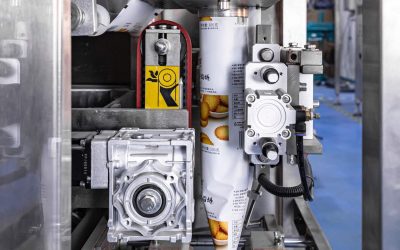
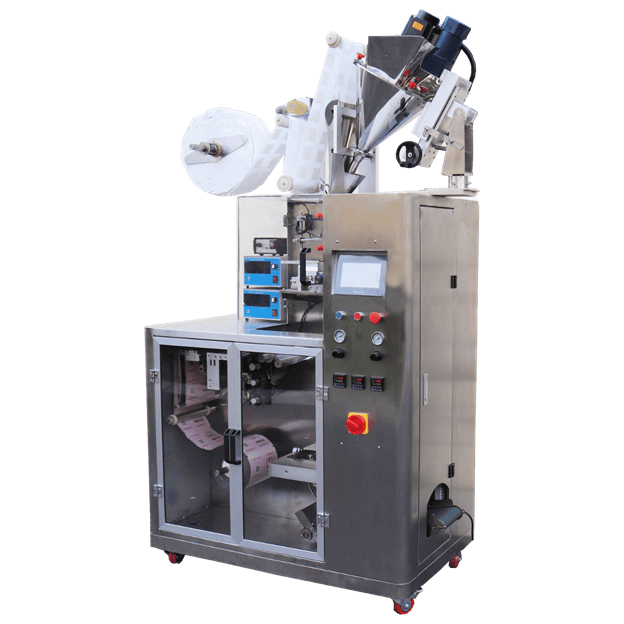
0 Comments